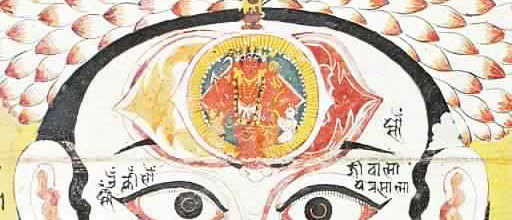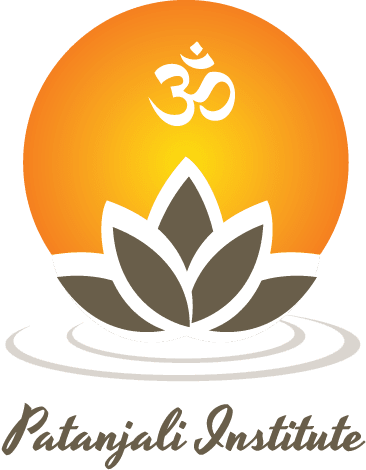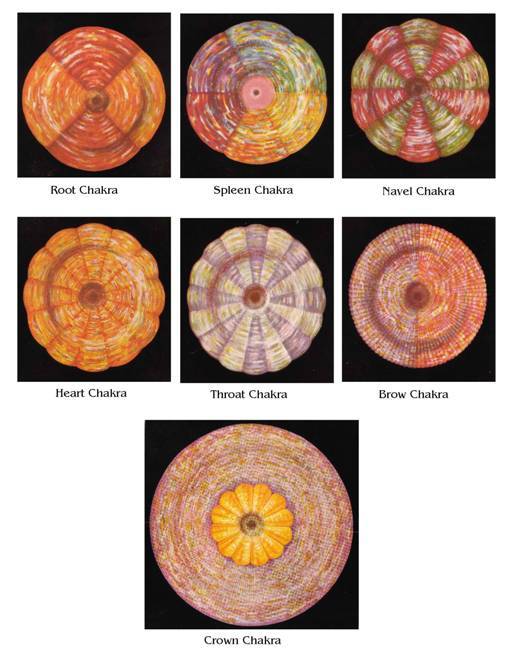An Introduction to Chakras

Body therapies and studies related to the overall physical and psychological well-being of men and women are not new. They date back over 5000 years, when the ancient Chinese and Indian medicinal therapies treated the body as a complete organism, and attempted to find ways to develop it and keep it in a state of calm and vitalized.
Along with these studies came the concept of Chakras, which are still considered with great reverence and relevance among physical therapists and trainers around the world today.
What are Chakras?
According to the ancient Indian texts, Chakra is a word that has its origin rooted in the Sanskrit language. In its originality, Chakra means “wheel,” which is somewhat close to the actual sense it is used in physical therapies. In practice, Chakra refers to a number of spinning wheel-like vortexes inside the body that help channel life force and other needed elements for the body to sustain both from inside and to the outside.
Conceptually, Chakras can be identified as funnels or fans with rotating blades that help filter the life energy in and out of the body. These Chakras are susceptible to the surroundings as well as a person’s own personality and mood. A person’s outlook toward life, behavior, and even self-esteem is supposed to be dependent on Chakras. These points on the body not only work as entry points, but are also biological indicators in practice.
According to experts, a total of seven types of Chakras reign over the human body. These are the Root Chakra, Sacral Chakra, Navel Chakra, Heart Chakra, Throat Chakra, Third-Eye Chakra and Crown Chakra. All have different functions within the body, and are equally important to maintain a healthy and effective balance of the mind and body.
The 7 Chakras in Our Body
Root Chakra is what experts call the basic of all psychological well-being and balance. If you have an active Root Chakra, you will feel a sense of higher self-esteem and confidence in yourself. It also allows you to draw peace and calmness to your body, helping you feel at home in tense situations.
Sacral Chakra controls your feeling and sexuality. Also called the Spleen Chakra, if it is working perfectly, you should find it easy to communicate with people and express yourself more freely. It works as a countering agent for fear of intimacy, and helps you get people to understand you on a more effective basis.
The third Chakra is what experts call the Navel Chakra. It is all about leadership and making yourself understood in groups or in public. Your drive for work and motivation is also based on the effectiveness of this Chakra.
Heart Chakra is what connects you to the feelings of kindness and affection. It helps you to extend your compassionate side to other people, as well as to express your love and affection to the people close to you.
The Throat Chakra is what deals with your ability to assert yourself in your field of work. It is said to be in perfect sync with creative professionals like artists and orators. On a general sense, it assists you with presenting yourself and your thoughts in an organized, yet out-of-the-box manner.
The Third Eye Chakra helps you develop your insights and gives you the power to visualize. If you have an active one, you might be a visionary and well aware of your future plans and visions. You have your own beliefs and you tend to cling to them.
Finally, the Crown Chakra is the seventh and one of the most important types of all the Chakras. It helps give you wisdom, knowledge, and how to apply them in real life situations. It helps you gain an unbiased, objective view of the world while giving you a clear understanding of things based on empirical knowledge.
The Importance of Chakras
Chakras hold significance for us, both on a psychological and physical level since the body’s activities and well-being are controlled by these Chakras.
If your Chakras are prefect and well-synced with your mind and body, then you are a peaceful human being. It should be our goal, then, to achieve balance of the seven major Chakras.
Learn Yoga in Thailand
Patanjali Institute has a unique program that combines yoga teacher training and clinical hypnotherapy training in Chiang Rai near Chiang Mai. If you want to learn yoga in Thailand, check out our schedule for upcoming classes and availability.
Photo Credits:
Brow Chakra Rajasthan 18th Century by Artist unknown, under license CC-PD-Mark
Chakras Pictures by C.W. Leadbeater, under license CC-PD-Mark
About the Author
Nayeema Akter is a regular contributor of Patanjali Institute. She has been practicing Hatha Yoga since 2003 and is also a certified Yoga teacher since 2005. She’s a writer and editor, and her writing practice is strongly influenced by her practices of Yoga, meditation and alternative healing.


